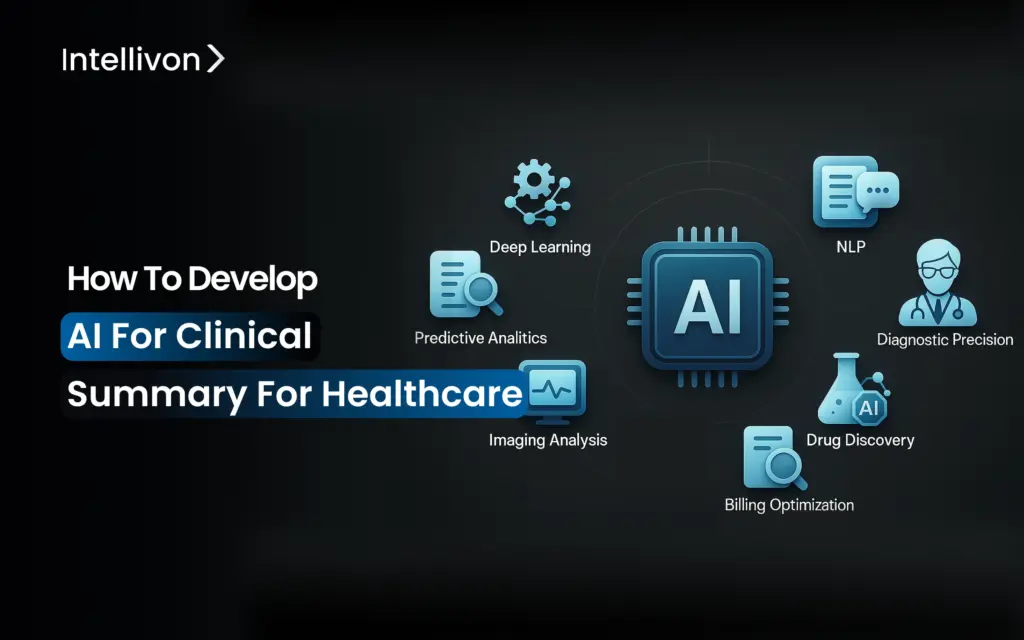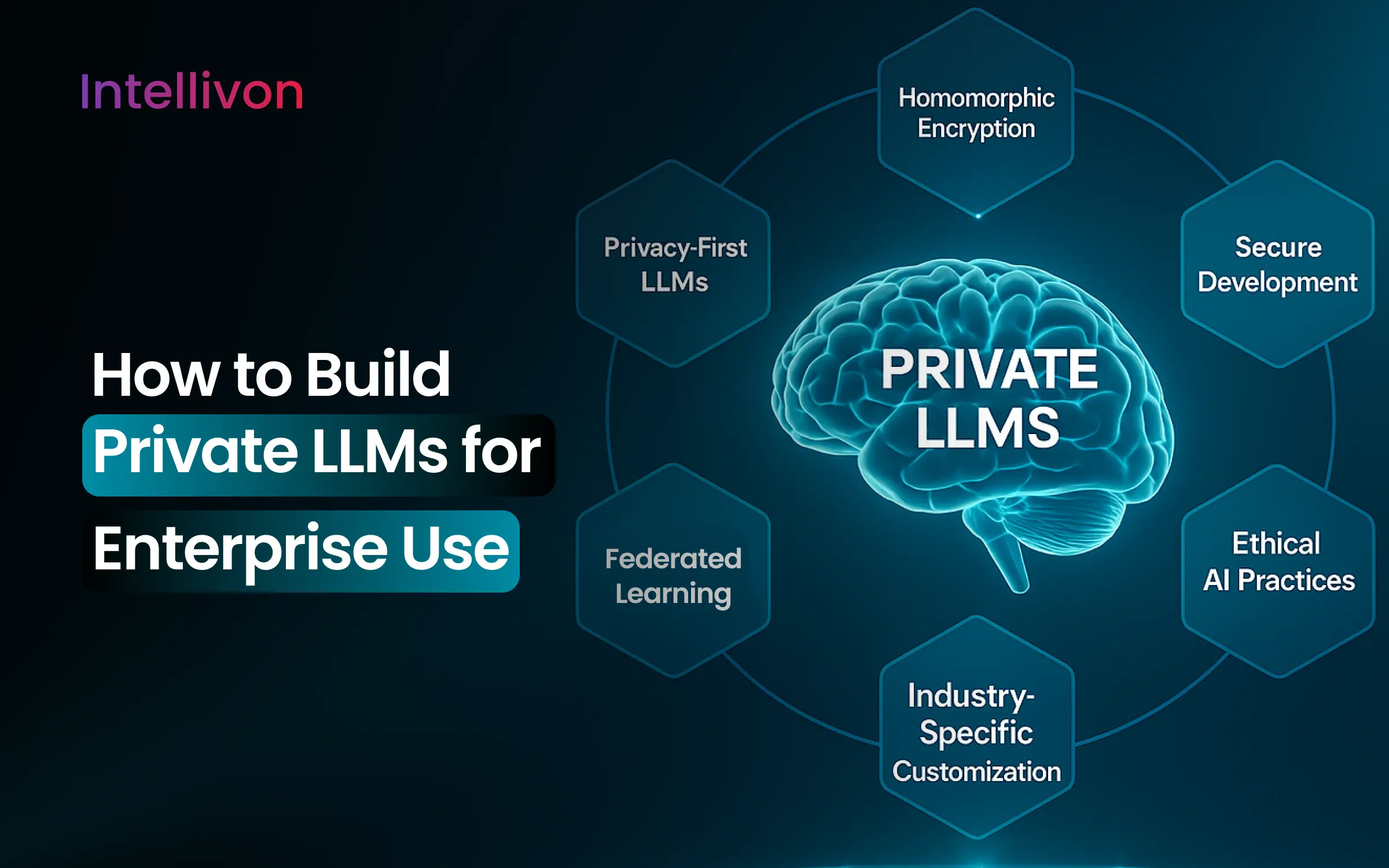How To Develop AI for Clinical Summaries for Healthcare Enterprises

Clinicians spend nearly 50% of their workday on documentation, resulting in $226 billion annually in administrative costs across the healthcare sector. Overwhelming paperwork leads to clinician burnout,

